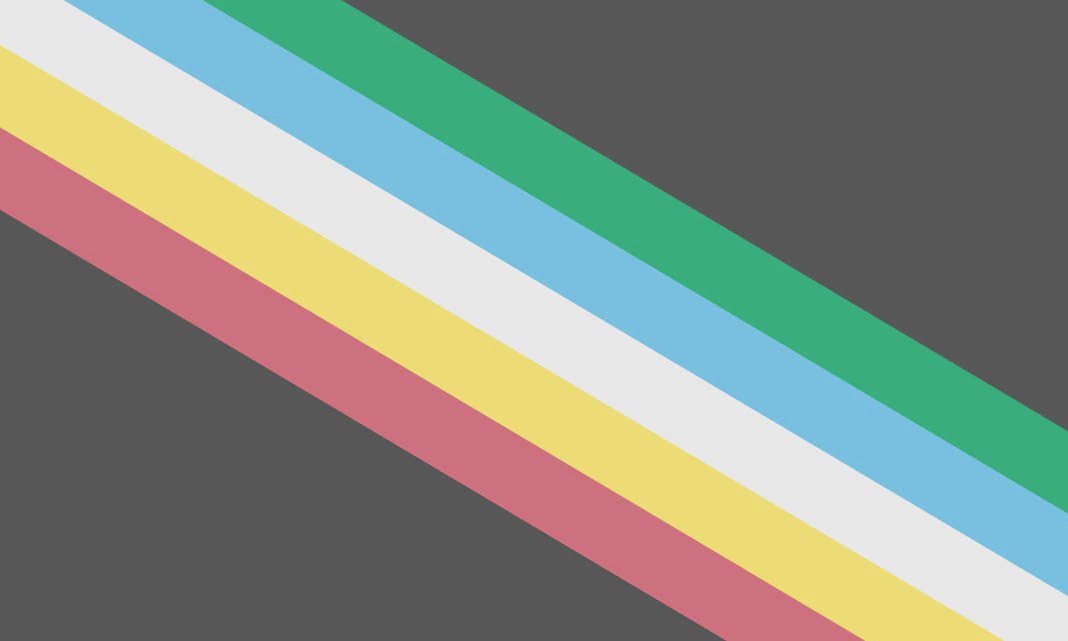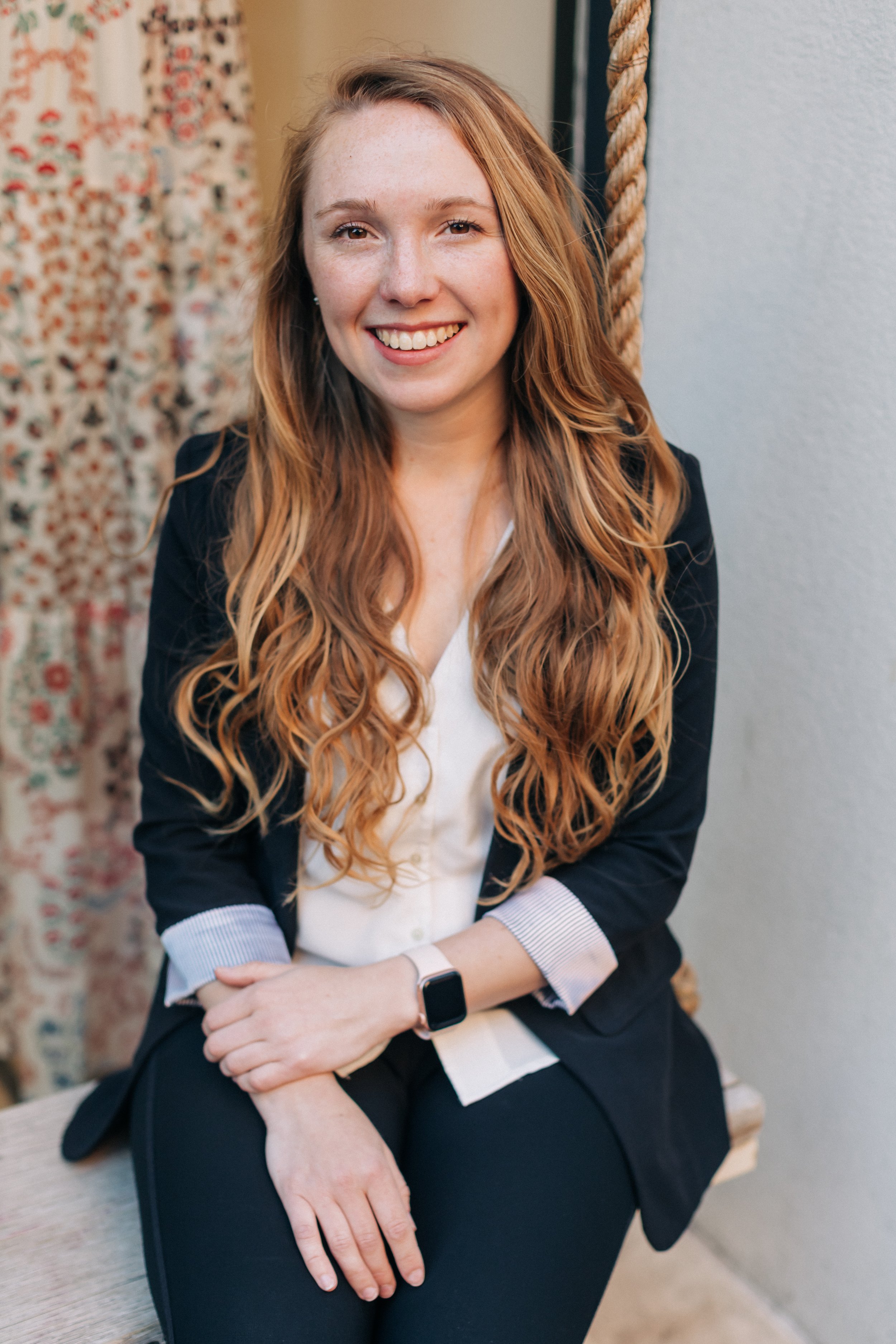Disability Pride Month: Starting Points for Disability Inclusion in Fashion by Tracy Vollbrecht
“In the United States, July is Disability Pride Month. It marks the 1990 enactment of the Americans with Disabilities Act (ADA), a landmark U.S. rights law that extended civil rights protections to persons with disabilities and assured that all Americans would benefit from their talents. The first official Disability Pride celebration occurred in 2015 to commemorate the ADA’s 25th anniversary”. - US Embassy
As told to the co-lab
Tracy Vollbrecht is a co-lab member and the founder of Vollbrecht Adaptive Consulting, an adaptive fashion consultancy rooted in universal design principles. With work featured in WWD, Vogue, Oprah Daily, and Cosmopolitan, Tracy is a recognized adaptive and universal design consultant. Vollbrecht Adaptive Consulting develops customized strategies for each brand, organization, and university they work with to make the fashion industry more inclusive.
My favorite thing about working in the adaptive fashion space and with the Disability community is the acceptance and encouragement of the continual learning we are all doing. We’re all on our own journeys towards becoming more inclusive members of society and members of the fashion industry. This Disability Pride Month (and really all year long) let’s all make a commitment to ensuring disability is part of all conversations around diversity, equity, and inclusion. To set us on the right path, I am going to share 3 important learnings that I always start with when working with new clients.
Language matters. Language is continually changing and it’s our duty to make sure we are staying up to date on what words, phrases, and terms to use - and not to use. Follow the lead of the Disability community. A few simple language updates to make:
Ask the person you are speaking to how they refer to themselves, in the same way you’d ask someone their pronouns. Some people identify themselves using people-first (person with a disability) or identity-first language (Disabled person).
Use “accessible” instead of “handicap”. Handicap originates from people with disabilities needing to beg with their cap in their hand.
Avoid euphemisms that usually come from outside the disability community, unless the person prefers those terminologies. Common euphemisms include special needs, differently abled, special abilities, and handicapable. We all have needs and everyone’s needs are different. Just because someone with a disability may have needs that are different from yours does not make their needs “extra” or “special”.
Never use slurs like cripple, midget, etc.
Clothing is a barrier for all, especially those with disabilities. You know that feeling when you’re so frustrated that you can’t find something you look and feel good in that you consider not even going to the event? That’s clothing preventing societal participation. Clothing is also a barrier to employment. If one doesn’t own a suit or is unable to wear a blazer for a long period, that can impact their ability to get a job where professional attire is required. For people with disabilities, the impact of clothing can go even further. Clothes that rub or fit incorrectly can cause pressure sores, irritate port access, cause rashes, and even lead to life-threatening complications.
Inclusion and accessibility benefit us all. Disability is the only minority you can join at any point in life. Here are a couple examples of accessibility making each of our lives easier:
Using a ramp or elevator to move something heavy or bulk such as a suitcase, instead of lugging it up the stairs.
The OXO brand of can openers and other easy-to-grasp products were first developed as a solution for the inventor’s wife’s struggles with arthritis.
Captions on our TikToks and Reels, so we can watch videos without the sound or with sound on low volume.
Wouldn’t it make all of our lives better if our clothes were easier to put on and more comfortable to wear?
There’s lots of Disability Pride Month events taking place around the country and online. Follow people with disabilities and disability organizations on social media. Attend a panel or webinar. Host a speaker at your work. This July, I hope you’ll embrace the fact that we still have a lot of work to be done and join in on the continual learning.
Visual Description: The thumbnail for this blog post is the disability pride flag. “Five diagonal stripes of different colors rest on a black background. The black field mourns the victims of violence and abuse against persons with disabilities. The diagonal suggests cutting across barriers that separate the disabled from society. The flag’s five colors represent different types of disabilities: red (physical disabilities), gold (neurodivergence), white (invisible and undiagnosed disabilities), blue (psychiatric disabilities) and green (sensory disabilities).” - US Embassy


